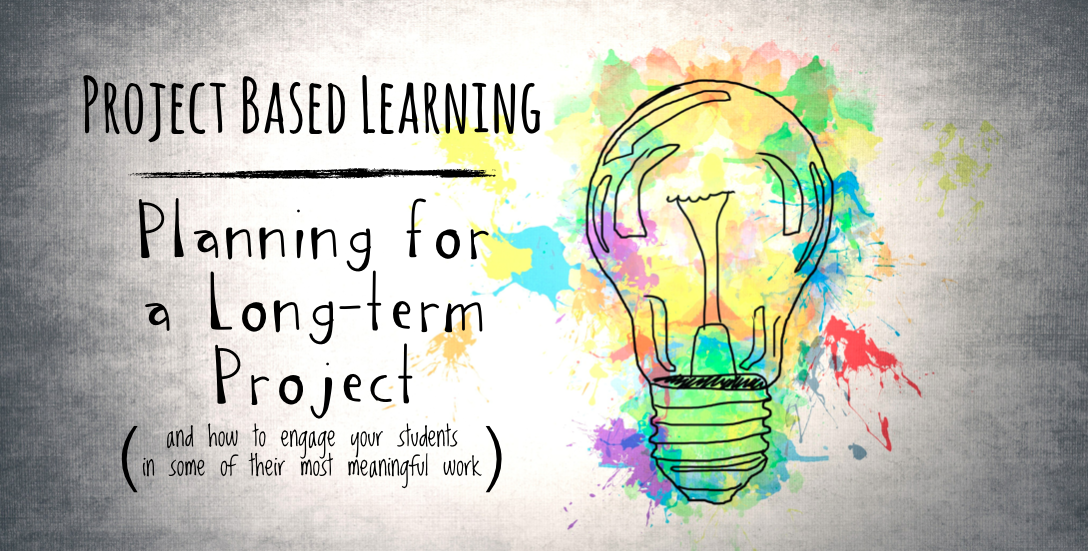Thirsty for a Strong Instructional Practice?
Opportunities for students to engage in the community and be more self-directed in their learning are important elements of well-rounded curriculum. Yet providing students with a structured opportunity for such can be challenging.
Take a SIP of This: Project Based Learning
What is Project-Based Learning? Project-Based Learning is a teaching method in which students gain knowledge and skills by working for an extended period of time to investigate and respond to a complex question, problem, or challenge. According to the Buck Institute for Education, Essential Elements of PBL include:
- Significant Content – At its core, the project is focused on teaching students important knowledge and skills, derived from standards and key concepts at the heart of academic subjects.
- 21st-century competencies – Students build competencies valuable for today’s world, such as problem solving, critical thinking, collaboration, communication, and creativity/innovation, which are explicitly taught and assessed.
- Voice and Choice – Students are allowed to make some choices about the products to be created, how they work, and how they use their time, guided by the teacher and depending on age level and PBL experience.
- Driving Question – Project work is focused by an open-ended question that students understand and find intriguing, which captures their task or frames their exploration.
- In-Depth Inquiry – Students are engaged in an extended, rigorous process of asking questions, using resources, and developing answers.
- Need to Know – Students see the need to gain knowledge, understand concepts, and apply skills in order to answer the Driving Question and create project products, beginning with an Entry Event that generates interest and curiosity.
- Critique and Revision – The project includes processes for students to give and receive feedback on the quality of their work, leading them to make revisions or conduct further inquiry.
- Public Audience – Students present their work to other people, beyond their classmates and teacher.
How Do I Plan Project-Based Learning? Planning for PBL can be be a new endeavour – and thus uncomfortable. Fortunately there are many resources available online. For example, check out these “planning steps” for the nuts-and-bolts of planning project-based learning. Although written for middle-school students, all of the steps also apply to PBL in higher education. Additional considerations:
- Some students are less comfortable with self-directed learning. These students can benefit from explicit guidance in the steps of the project and accepting peer instruction and modeling.
- Group work can be challenging, particularly at a non-residential university. Monitor student collaboration by communicating with them regularly. Have them put all of their work product and materials on Office365, a course Wiki, Blackboard, google docs, or some other collaborative technology-based support where you can monitor their progress.
- Assessing project-based is important.To assess, provide very specific, observable, and measurable learning targets in writing. For example: Individuals will grade themselves and their group members based on overall group dynamics and functioning.
- Long-term projects can be easy for students to put off. Incorporate periodic due dates for major stages of the project. Each step of the project builds on the prior, so giving students corrective feedback along the way is essential.
Still Thirsty? Take Another SIP of Project-Based Learning
- Project-based learning is related to, but not the same as, problem-based learning. Find the distinctions here
- From Educational Leadership: Project-Based Learning
- Click here for an overview of some applications and benefits of project-based learning in higher education
- Buck Institute for Education
- Expeditionary Learning at King Middle School Planning Steps
